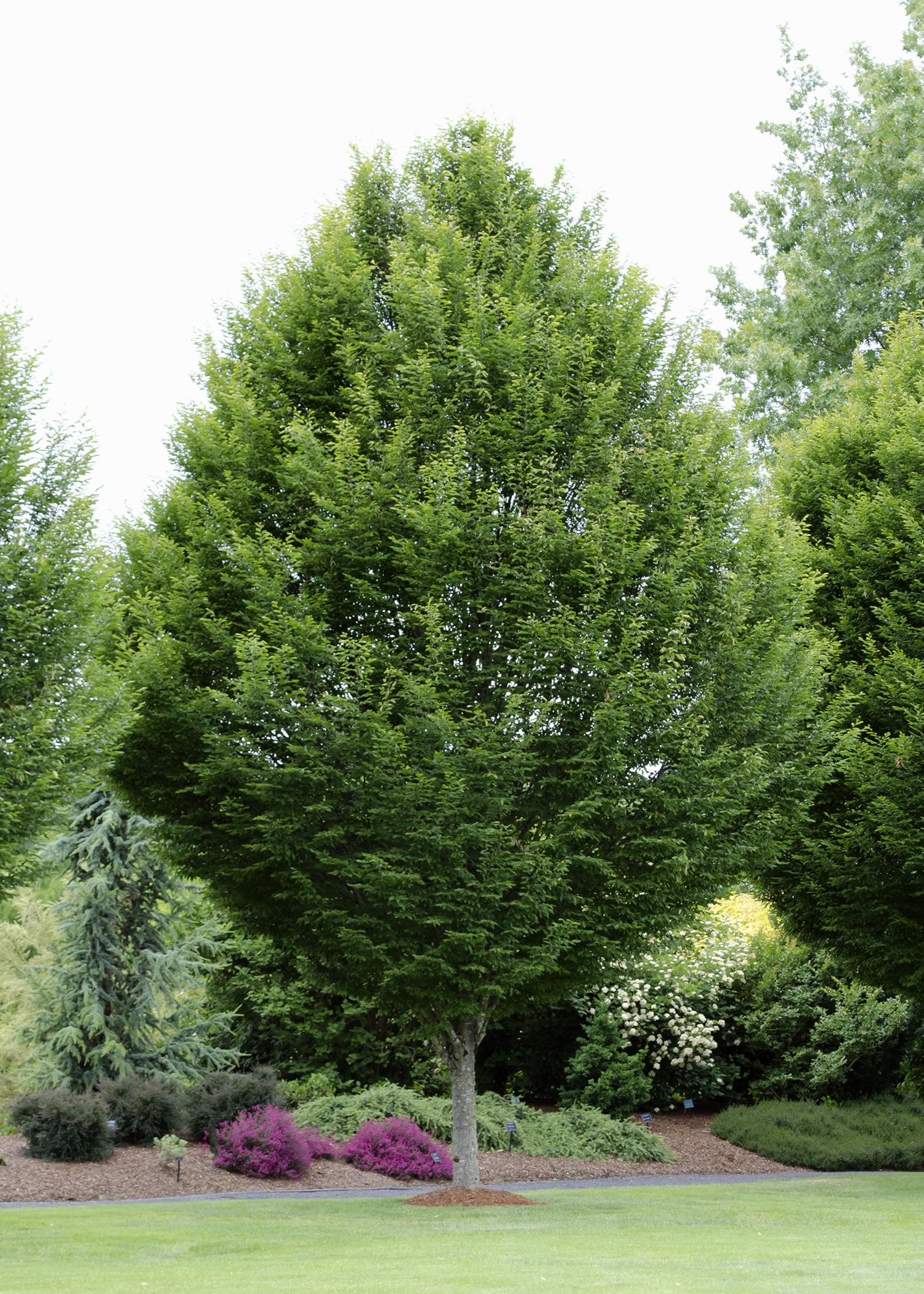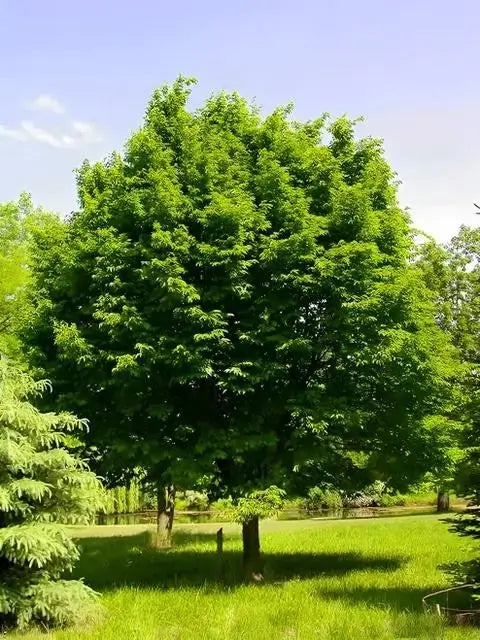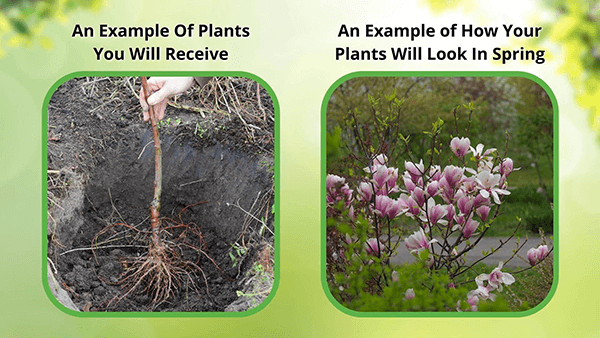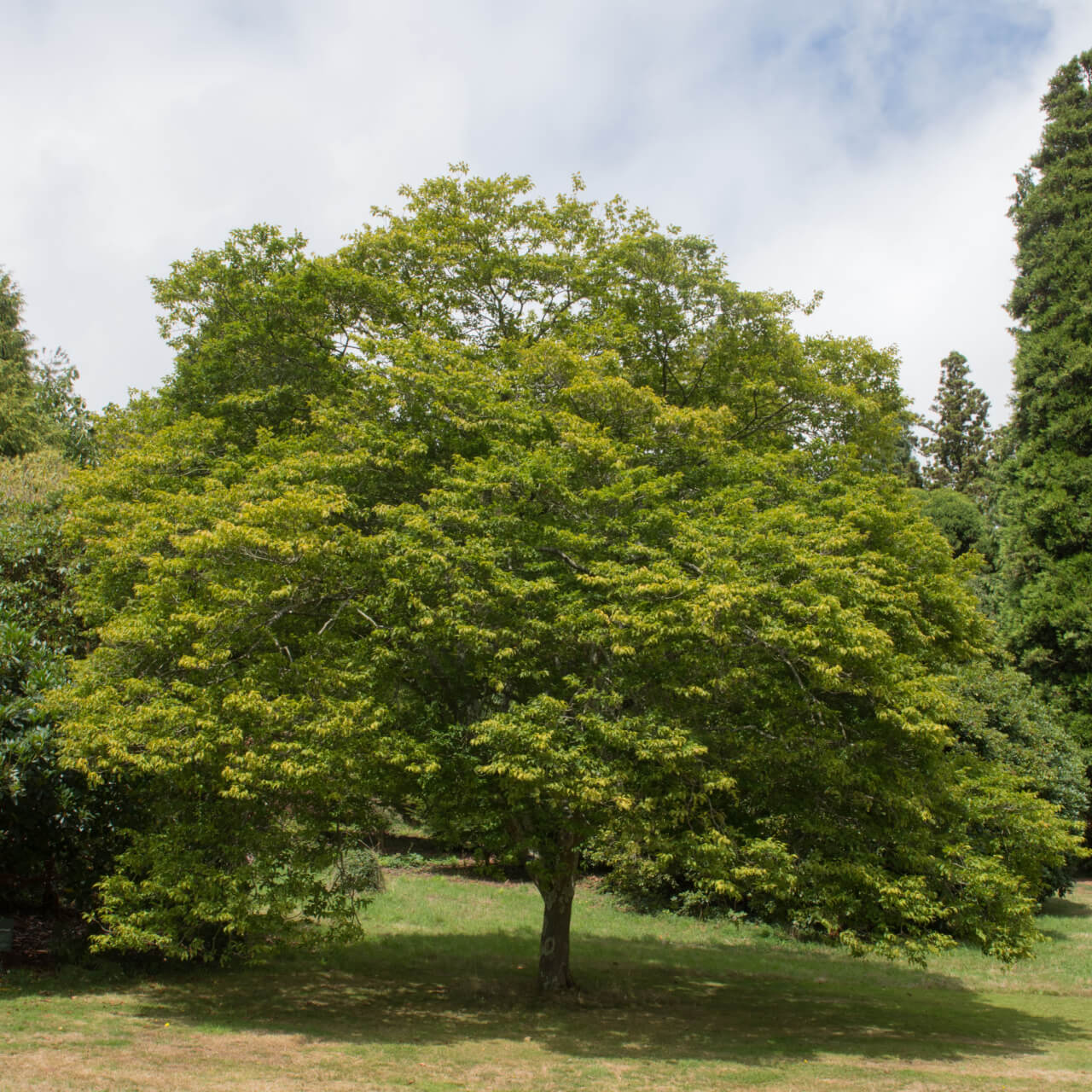Hornbeam Trees for Sale | Carpinus betulus
The Hornbeam Tree (Carpinus betulus) is a hardy and deciduous tree native to Europe. It is a beloved tree with distinctive, gray bark that is lightly ridged and smooth.
Plant Details - Hornbeam Tree
Family: Betulaceae
Light Requirement: Full Sun
Water Needs: Moist
Height: 40 – 60 ft.
Spread: 40 – 60 ft.
Growth Rate: Slow
Bloom Time: Spring
Flower Color: Yellow
Wildlife Value: Attracts butterflies
Landscape Uses and Maintenance for Hornbeam Trees
The Hornbeam Tree is a hardy and beautiful deciduous oval shaped tree that will make a great visual impact in your yard or landscape.
This tree can be planted in an area with full sun or partial shade. This is an excellent option for planting as an ornamental accent or focal point. Create a windbreak or living privacy hedge with this tree.
Plant this tree in moist and well draining soil. It can handle different soil conditions, including loamy or sandy soils. It will tolerate alkaline or dry soils.
Water this tree regularly until it is well established. You should water this tree during the heat of summer when drought occurs.
Its dark green, deeply veined, and doubly serrated leaves will turn a beautiful shade of yellow in the fall. This tree will create plenty of shade as it grows that is suitable for growing a shade garden underneath.
This tree produces two kinds of catkins that will emerge in early spring. Male catkins are yellow. Female catkins are green and turn into papery samaras. This tree produces small brown nuts that birds and small mammals will enjoy eating.
This tree does not have any major disease problems.
You can add mulch or compost around the base of the tree, but be sure to give plenty of space to keep the trunk dry.
Watch this tree for signs of stress and cut off any damaged or diseased branches.
Deer resistant. Protect it while it is young and vulnerable to browsing damage.
Noteworthy Characteristics of Hornbeam Trees
Hornbeam Tree will attract lots of wildlife to your yard or landscape. Birds will use its branches to make their nests.
Exposure
The Hornbeam tree grows best in full sun to partial shade. It can tolerate various light conditions but grows most vigorously and maintains its best form in complete sun, obtaining at least six hours of direct sunlight daily.
Height at Maturity
Over 25 Feet
Usage
Shade
Shipped As
Bare-root
Ships
UPS
Planting Zones
3-9




